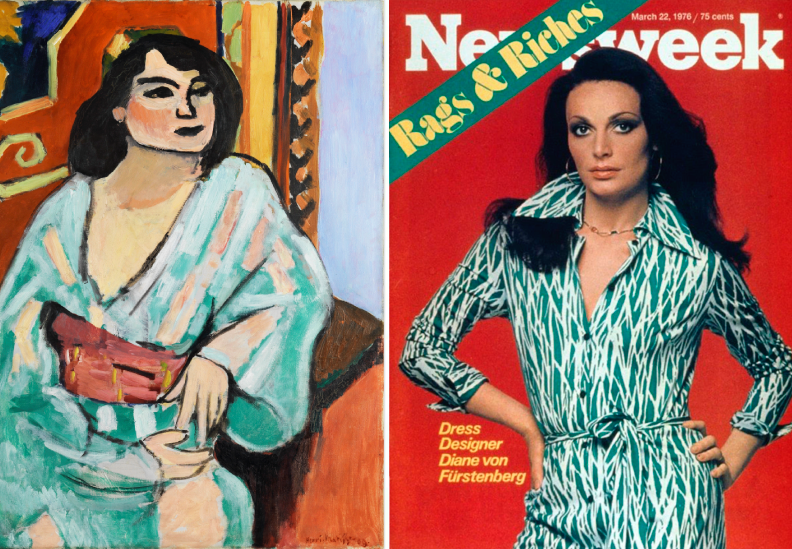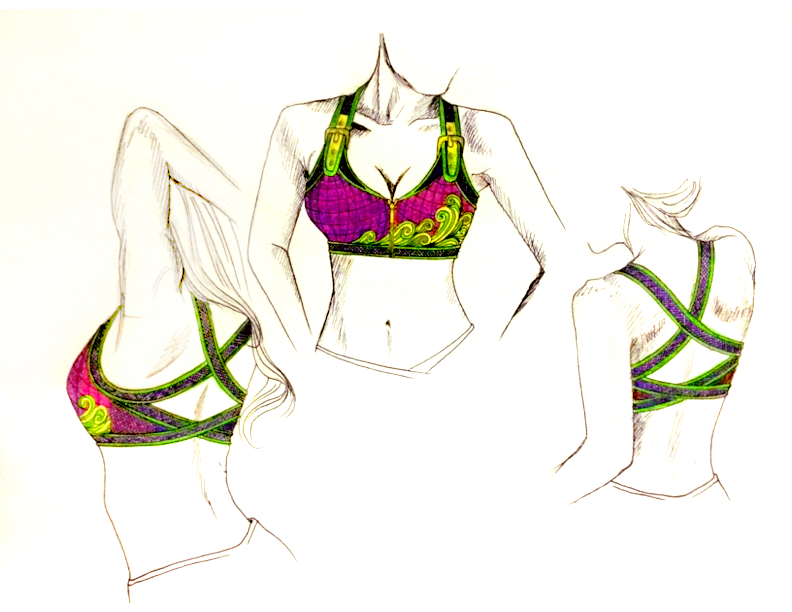Do me a favor and try to recollect your first luxury fashion brand piece or designer clothes that you purchased. Can you visualize the logo and aesthetics? Did it accentuate your female beauty beyond creating functionality? Over time, your specific lifestyle has required you to move with agility, make wise choices, and make conflicting decisions. Luxury fashion is beyond functionality because you are not limited to just doing, you are a (human) being to live, to be present in the moment, and to be distinctive.
Today’s luxury can be categorized as closer to your everyday life. The paradigm shift is in the way we define luxury as a whole consumer experience. As materialistic as this may come across, cars and jewelry brands continue to emerge as one of the most luxurious commodities. Looking at specific luxurious characteristics, perhaps it’s the perception of status or the way it may make you feel in terms of distinctiveness and that leads to personalisation.
Once upon a time, the word “luxury'' was associated with unique fashion pieces that were a work of art or haute couture. Essentially, tailoring the design aesthetics for the wealthiest. Over time, luxury fashion has become more modern and dynamic and born to celebrate the individual. It’s no longer characterized by sacredness.
So to elevate this level of distinctiveness, you can turn to fashion. Selecting a few staple pieces here and there to include in your wardrobe. There are many things that influence you to purchase a luxury fashion brand piece, such as style, aesthetics, and art.
The love affair between art and fashion conceives a melting pot of inspiration that brings influences to our wardrobes. Drawing inspiration from one of Gustav Klimt’s paintings, Fulfillment, Alexander McQueen created the dress in the photo below with Klimt’s aesthetics of golden discs for his 2013 resort collection (see Look 25). This would be an example of weaving art and luxury fashion design.

Fulfillment by Gustav Klimt, 1905, via MAK-Museum of Applied Arts, Vienna; and Dress from the resort collection by Alexander McQueen, 2013, via Vogue Magazine
Diane von Furstenberg iconic wrap dresses. For Diane von Furstenberg, she drew inspiration for her color palettes from artists, such as Paul Gauguin and Henri Matisse. Then you have designers who create collections inspired by abstract painting to create abstract designed mini wrap dress, such as by Rococo Sand, a sister label of the designer duo Hemant and Nandita.

Algerian Woman by Henri Matisse, 1909; and Diane von Furstenberg iconic wrap dress on the Cover of Newsweek 1976
I’m quite aware there are influential designers who set trends in fashion and there are those who work behind the brand as part of the design and creative team. Just about all of the legacy fashion houses, including a couple that I mentioned, have creative teams with their fashion designers working and collaborating without ever knowing who they are. Regardless, of whether it’s the namesake brand or the brand’s creative director, they all pull inspiration from art whether that be the shapes, paintings, or color palettes.
Throughout history, art has influenced fashion designers. The luxury fashion industry has never been stagnant and you can go through many catalogs, magazines, internet search queries, and history books about the relationship between art, history, and luxury fashion.
Designers' clothes can sprout from an idea to an artistic sketch before it becomes a reality.

This is my sketch done by an anonymous artist (a friend) redefining the concept of a sports bra.
I believe I am reshaping a subset of the luxury fashion industry and inventing a new chapter of designer clothes, called sportsgerie —a portmanteau of the words “sports” and “lingerie.”
Taking my idea from thoughts to drawing out on paper was my way of conceptually expressing the visual elements. I realized I was heading into the transitional phase of the activewear industry. I saw the lines between activewear and daywear blurring, transitioning smoothly from workout to casual attire to meet the demand from women who seek balance in their hectic lifestyle.
Creating a luxury sports bra for D+ cup sizes is a slow fashion process. Designer clothes are born through art, fashion, and luxury. As the designer of the Balconette Sports Bra, I fused a mix of my artistic sketch, appreciation of artwork, and attentiveness to the dynamic changes in luxury activewear fashion to develop and bring to market the Balconette Sports Bra.
Activate you.
